Probably from the workshop of Chen Guozhi, Tongzhi to Guangxu (1862-1908), China.
The rectangular porcelain plaque carved in relief and left unglazed, depicting figures in a mountainous river landscape. In the foreground, two scholarly figures or servants stand in front of a scholar’s studio, surrounded by trees and rocks. Inside the roofed building, another scholar stands at a table with a water pot, likely in the act of painting. In the background, a docked boat rests near a bridge, where another figure and a lakeside pavilion are visible.
The trees and building in the foreground are larger and carved more deeply, while the background is rendered with softer and more delicate details. This contrast draws the viewer into the serene scenery, creating a compelling sense of depth and movement. The scene is inspired by the classical landscape paintings of the Song, Ming and Qing dynasties.
Probably originally used as a table screen, which was one of the most important objects in a Chinese scholar’s studio, either placed on the painting table for decorative purposes or, to shield the desk from breezes. A table screen was vital for the scholar’s studio because this building was often a simple and unadorned structure, deliberately designed to remain open to the elements, which caused the wind to breeze through freely. This openness fostered a connection with nature, considered vital for artistic inspiration. A scholar’s studio of this kind is depicted on this plaque.
Lit:
Compare with another plaque carved with figures in a landscape scene in biscuit from the collection of Upland Meadow Lodge, illustrated in Elegance in Relief, Carved Porcelain from Jingdezhen of the 19th to Early 20th Centuries by Tony Miller and Humphrey Hui (Art Museum, The Chinese University of Hong Kong, 2006), pp. 324-325, no. 159.
Dimensions:
Without frame:
Length 23 cm, width 12 cm
Including frame:
Length 41.5 cm, width 30.7 cm.
Condition:
The plaque in very good condition; no damage or restoration. The wooden frame with some minor wear.
Provenance:
Formerly in the collection of Major General Baron Haro van Hemert tot Dingshof and thence by descent.
The current plaque was acquired in China during the first quarter of the 20th century by Captain Baron Haro van Hemert tot Dingshof (1879-1972), who on retirement rose to the rank of Major General, was in the Dutch Marine Corps stationed in Beijing from 1913 to 1923. He was Commander of the Netherlands Legation Guards Detachment, responsible for the security not only of the Dutch, but also of the German and Austro-Hungarian legations and enclaves. Captain Baron van Hemert had a great love for art and as can be seen from surviving pictures taken in his Beijing home he had a particular admiration for Chinese porcelain. The most impressive piece of his collection was the extraordinary blue and white Yuan dynasty jar depicting ‘Gui Guzi’ sold at Christie’s London, 12 July 2005, for £15.6 million, setting a record for the most expensive Asian work at auction at the time.
Inv. No: MW189





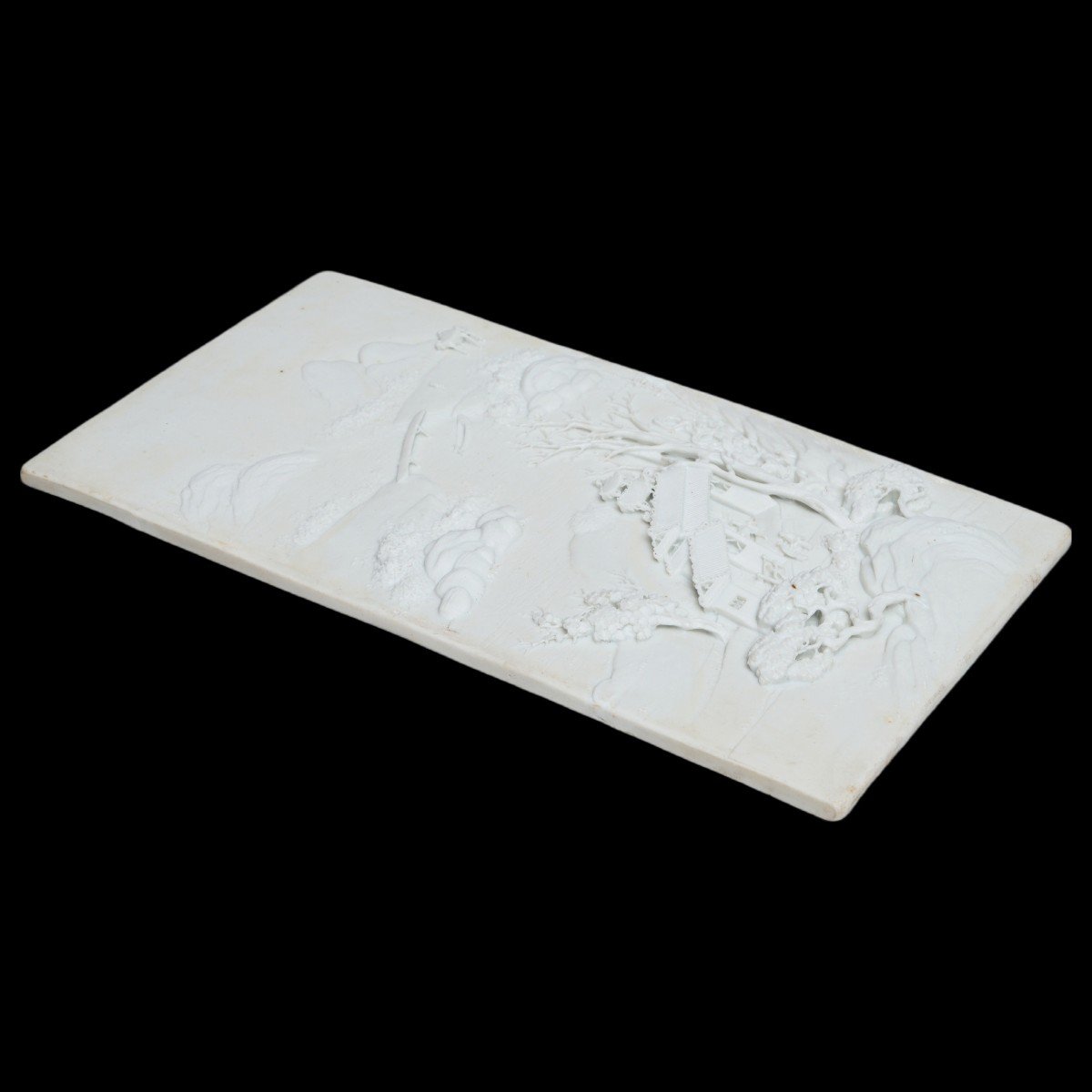




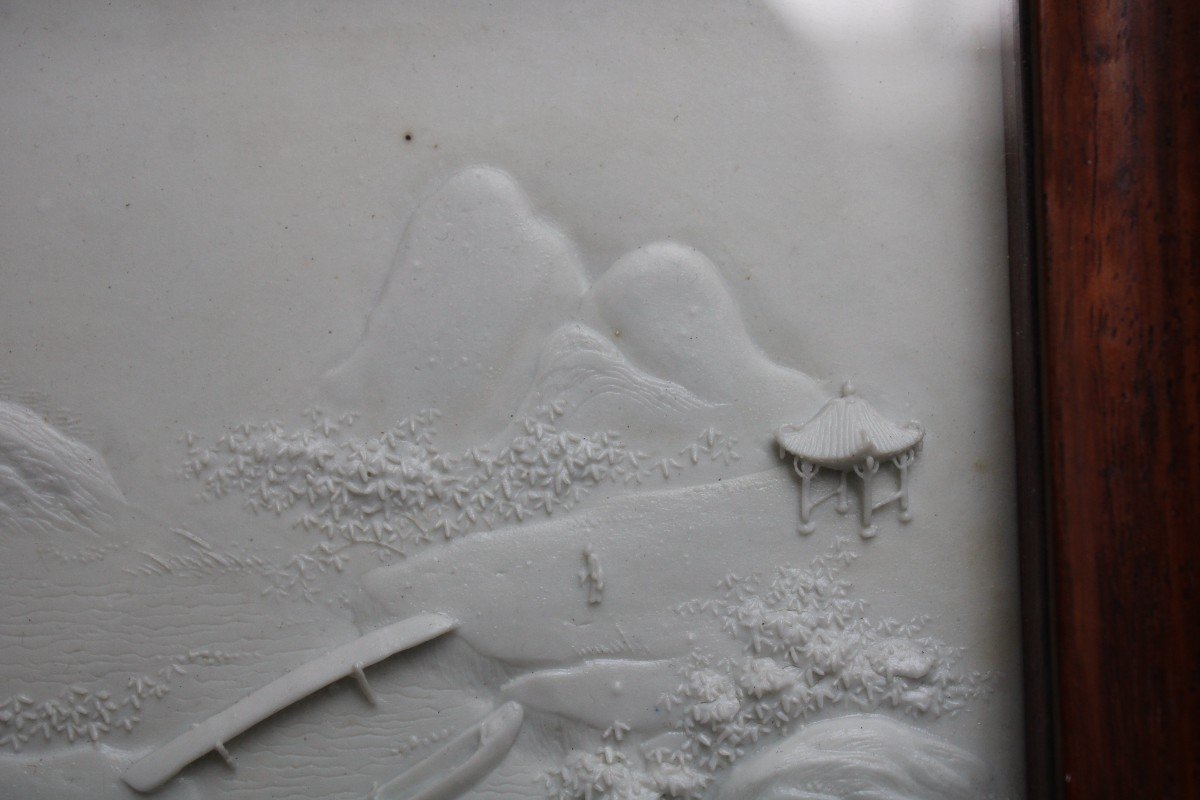


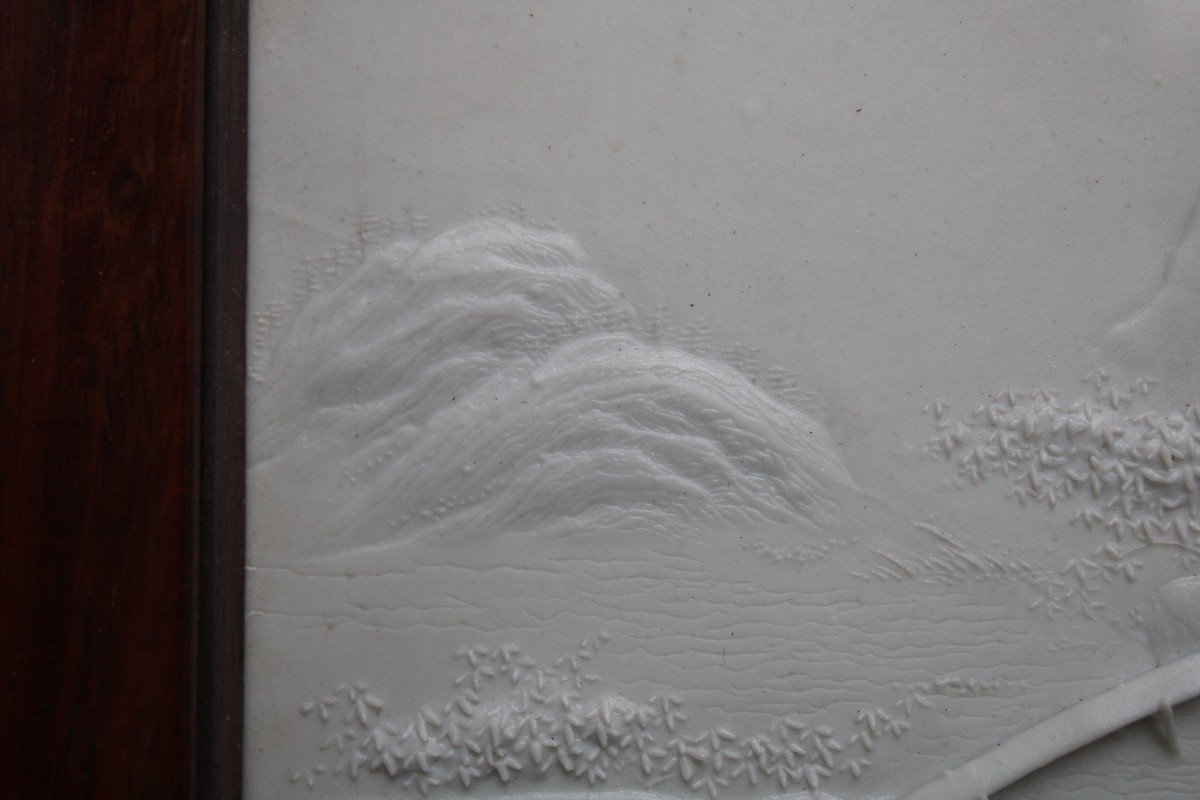
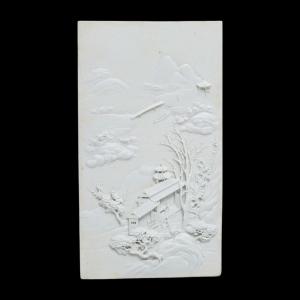














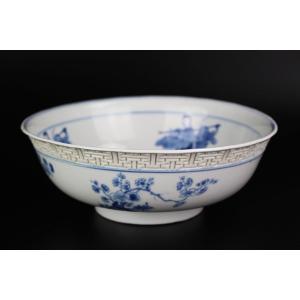
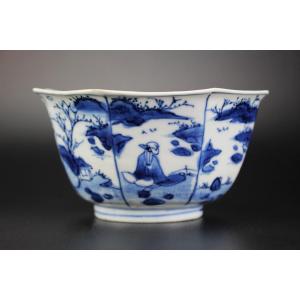



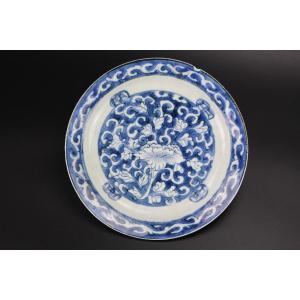


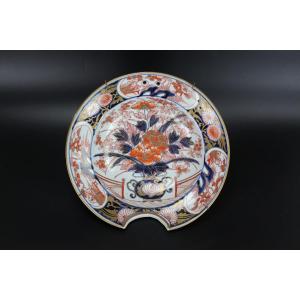
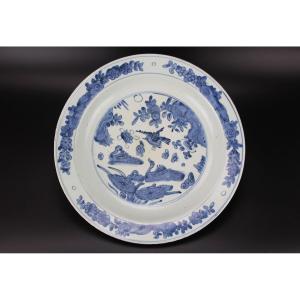






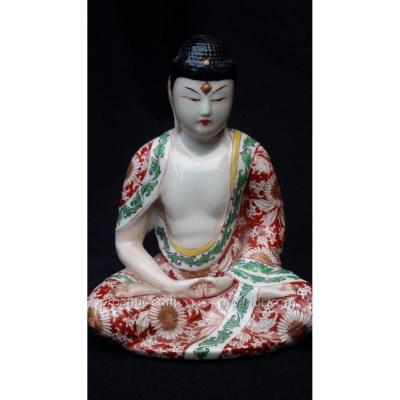




 Le Magazine de PROANTIC
Le Magazine de PROANTIC TRÉSORS Magazine
TRÉSORS Magazine Rivista Artiquariato
Rivista Artiquariato